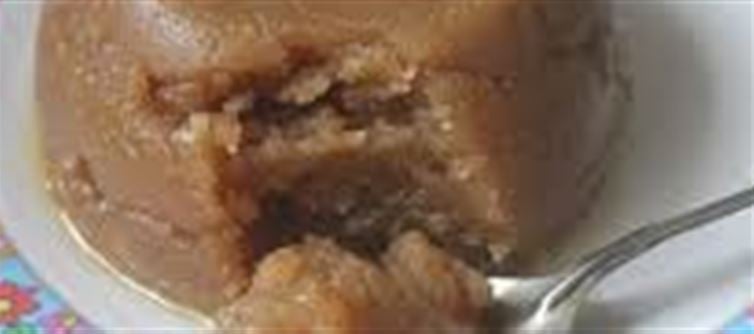
Kada prasad is a sweet, semolina-based dish offered in Sikh temples, symbolizing devotion and blessing. Making it at home is easier than you think!
Ingredients (Serves 4–6)
· Whole wheat flour (atta) – 1 cup
· Ghee (clarified butter) – 1 cup
· Sugar – 1 cup
· Water – 4 cups
· Cardamom powder – ½ tsp
· Saffron strands (optional) – a few
Step-by-Step Instructions
Step 1: Prepare sugar Syrup
1. Boil 4 cups of water in a saucepan.
2. Add sugar and stir until completely dissolved.
3. Keep the syrup warm on low heat.
Step 2: Roast the Flour
1. Heat ghee in a heavy-bottomed pan.
2. Add whole wheat flour and roast on low heat, stirring continuously.
3. Roast until the flour turns golden brown and gives a nutty aroma (about 10–12 minutes).
Step 3: Combine with sugar Syrup
1. Slowly pour the warm sugar syrup into the roasted flour while stirring continuously.
2. Be careful—the mixture will splutter. Stir quickly to avoid lumps.
Step 4: Cook the Kada Prasad
1. Keep stirring on low flame until the mixture thickens and ghee separates from the sides.
2. Add cardamom powder and saffron strands (if using).
Step 5: Serve
· Transfer to a serving bowl.
· Serve warm as prasad or as a festive sweet treat.
✅ Tips for Perfect Kada Prasad
· Roast the flour slowly—too high heat will burn it.
· Use fresh ghee for the best aroma.
· Stir constantly when adding sugar syrup to avoid lumps.
Disclaimer:
The views and opinions expressed in this article are those of the author and do not necessarily reflect the official policy or position of any agency, organization, employer, or company. All information provided is for general informational purposes only. While every effort has been made to ensure accuracy, we make no representations or warranties of any kind, express or implied, about the completeness, reliability, or suitability of the information contained herein. Readers are advised to verify facts and seek professional advice where necessary. Any reliance placed on such information is strictly at the reader’s own risk..jpg)




 click and follow Indiaherald WhatsApp channel
click and follow Indiaherald WhatsApp channel